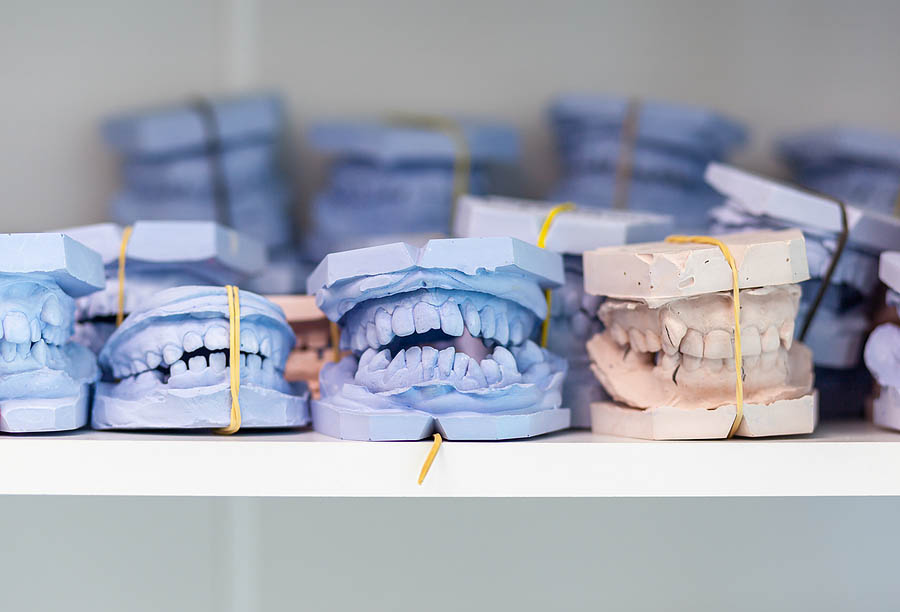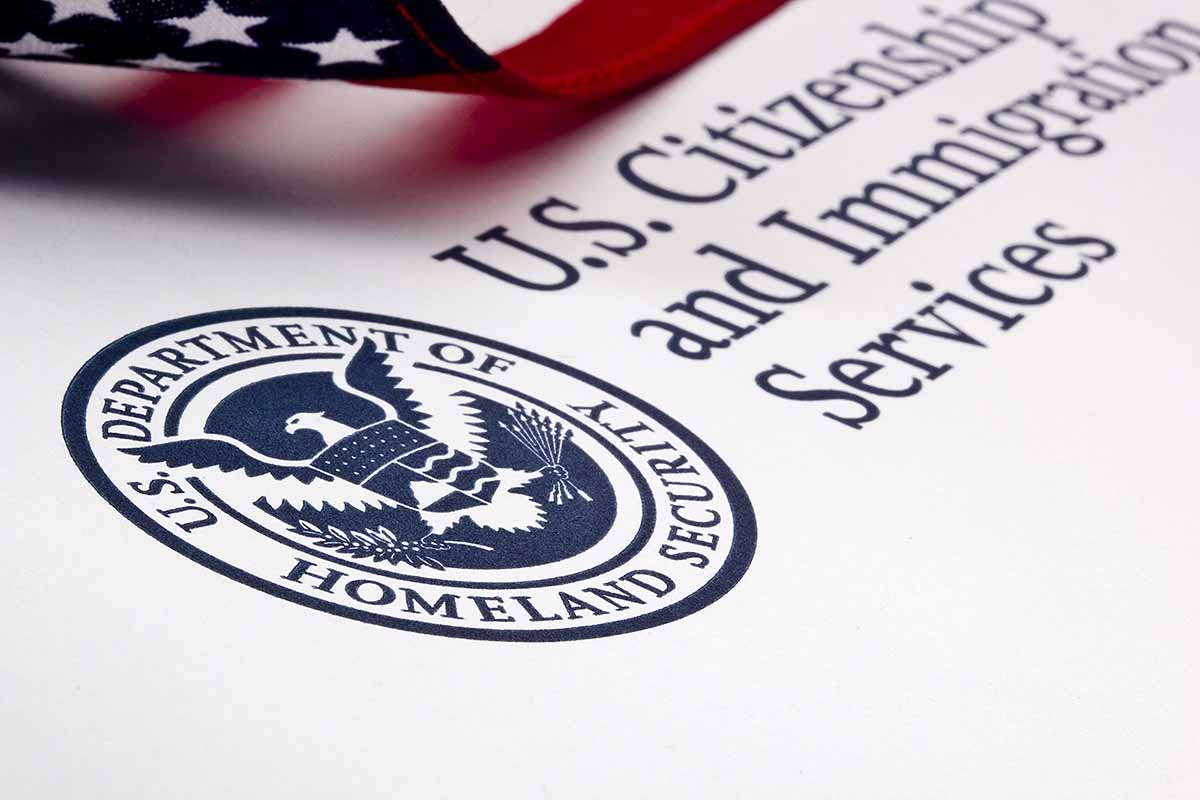For years, courts around the country have admitted “expert” testimony on bitemark analysis. These so-called experts have opined that bitemarks on human skin, often presented in sexual assault and murder trials, are distinct and “match” the defendant’s dental records.
A new comprehensive federal report from the National Institute of Standards and Technology (NIST), still in its draft/commentary stage, finds quite the opposite. The report states in relevant part, “forensic bitemark analysis lacks a sufficient scientific foundation because the three key premises of the field are not supported by the data . . . . First, human anterior dental patterns have not been shown to be unique at the individual level. Second, those patterns are not accurately transferred to human skin consistently. Third, it has not been shown that defining characteristics of those patterns can be accurately analyzed to exclude or not exclude individuals as the source of a bitemark.”
Bitemark analysis relies on the assumptions that teeth marks are unique, that they reliably transfer to surfaces such as skin, and that the marks can then be analyzed and linked to specific individuals. The NIST Report notes that it is not clear that bites leave distinct patterns because bites usually consist only of the front (anterior) teeth and the marks they leave can vary greatly depending on injuries, breakages, or obstructions. Second, skin is the surface most often analyzed for bitemarks, but it’s malleable and doesn’t reliably hold teeth marks over time depending on the rate and amount of swelling at the site, healing, and skin elasticity. Third, linking bitemarks that may or may not be unique, left on elastic surfaces that swell and heal, to people is riddled with uncertainty.
The Report’s key takeaways reveal that bitemark analysis lacks sufficient scientific foundation; dental patterns have not been shown to be unique; those patterns are not accurately transferred to human skin consistently; there is a lack of data to demonstrate that anterior (front teeth) dental patterns are unique; a number of studies have shown high levels of inaccuracies; and there is insufficient support in the scientific community as to the accuracy of such analysis.
Bitemarks, along with hair and shoe prints analysis, all have been debunked to a large extent in recent years as lacking objective test of scientific validity. Yet, scores of defendants remain in prison based, at least in part, on highly questionable “expert” analysis and testimony. The scope of the problem was evidenced in 2015, when the FBI admitted that nearly every one of the experts at its microscopic hair analysis lab had given scientifically invalid testimony. This erroneous testimony affected close to 270 cases, of those, 32 defendants were sentenced to death and 14 were executed or died in prison.
Stahl Gasiorowski Criminal Defense Lawyers aggressively defend our clients’ rights, including moving to exclude faulty analysis of crime scene “evidence”. To contact the firm’s NJ office, call 908.301.9001 and to contact the firm’s NYC office, call 212.755.3300, or email Mr. Stahl at rstahl@stahlesq.com.



